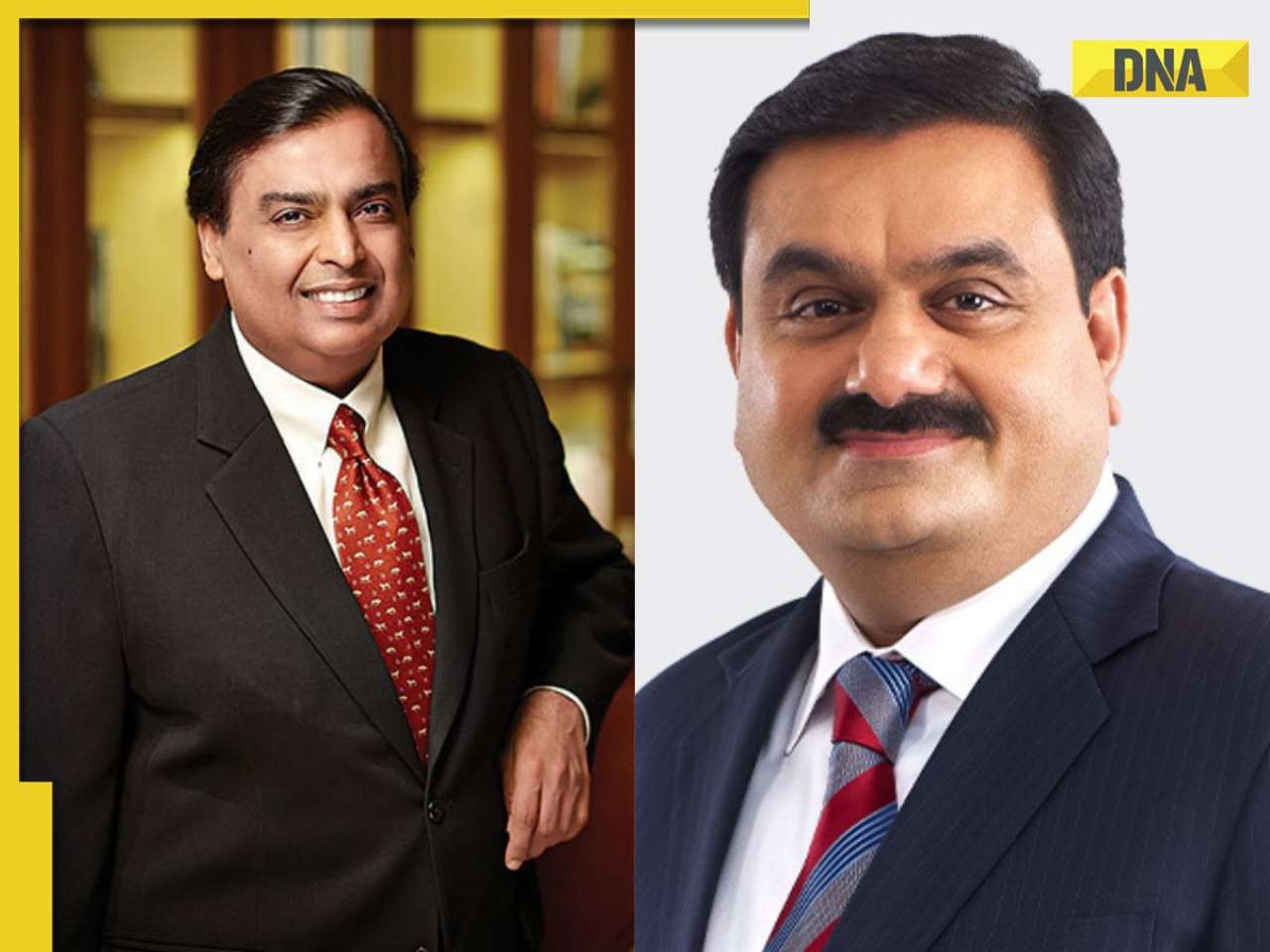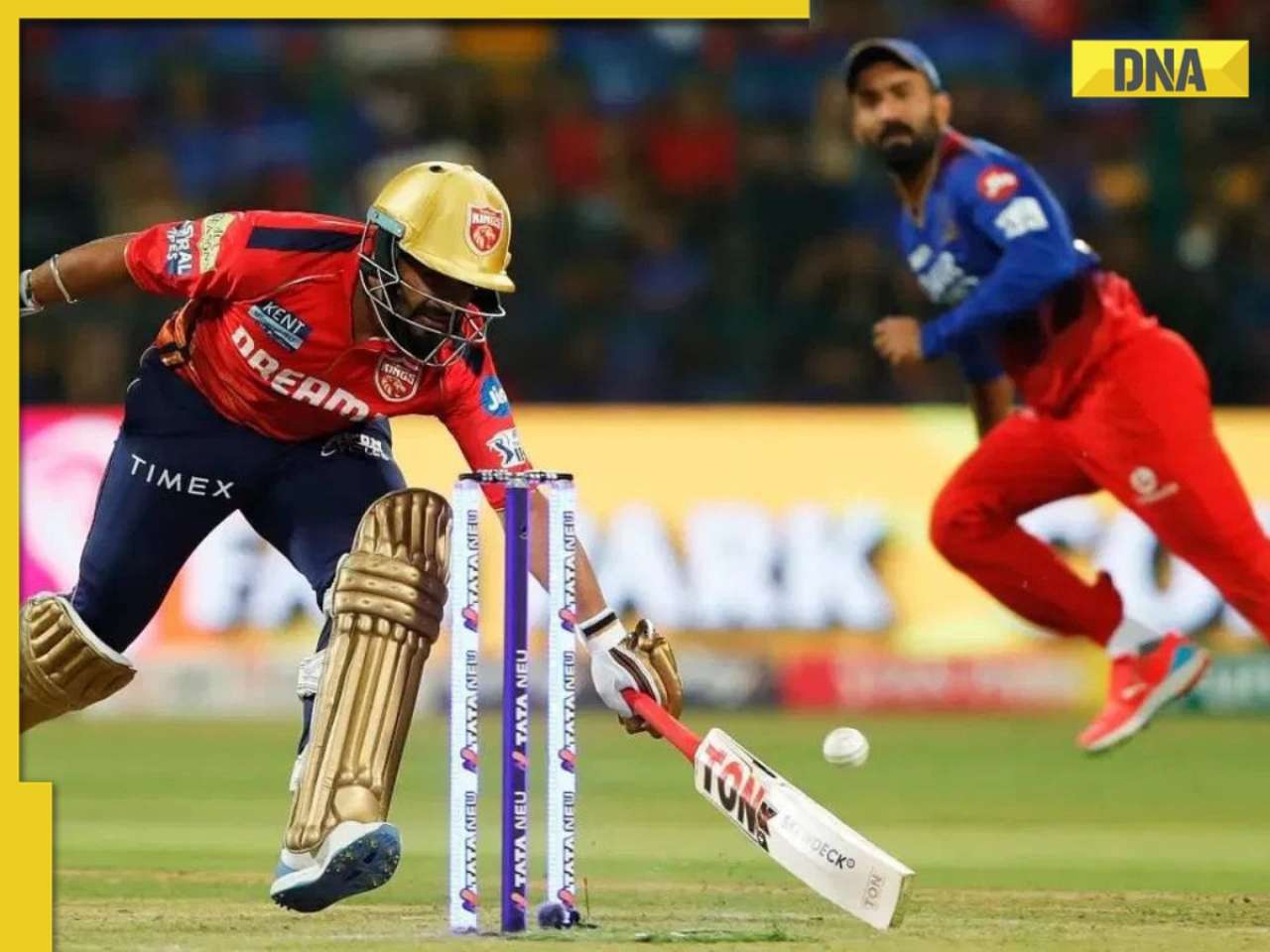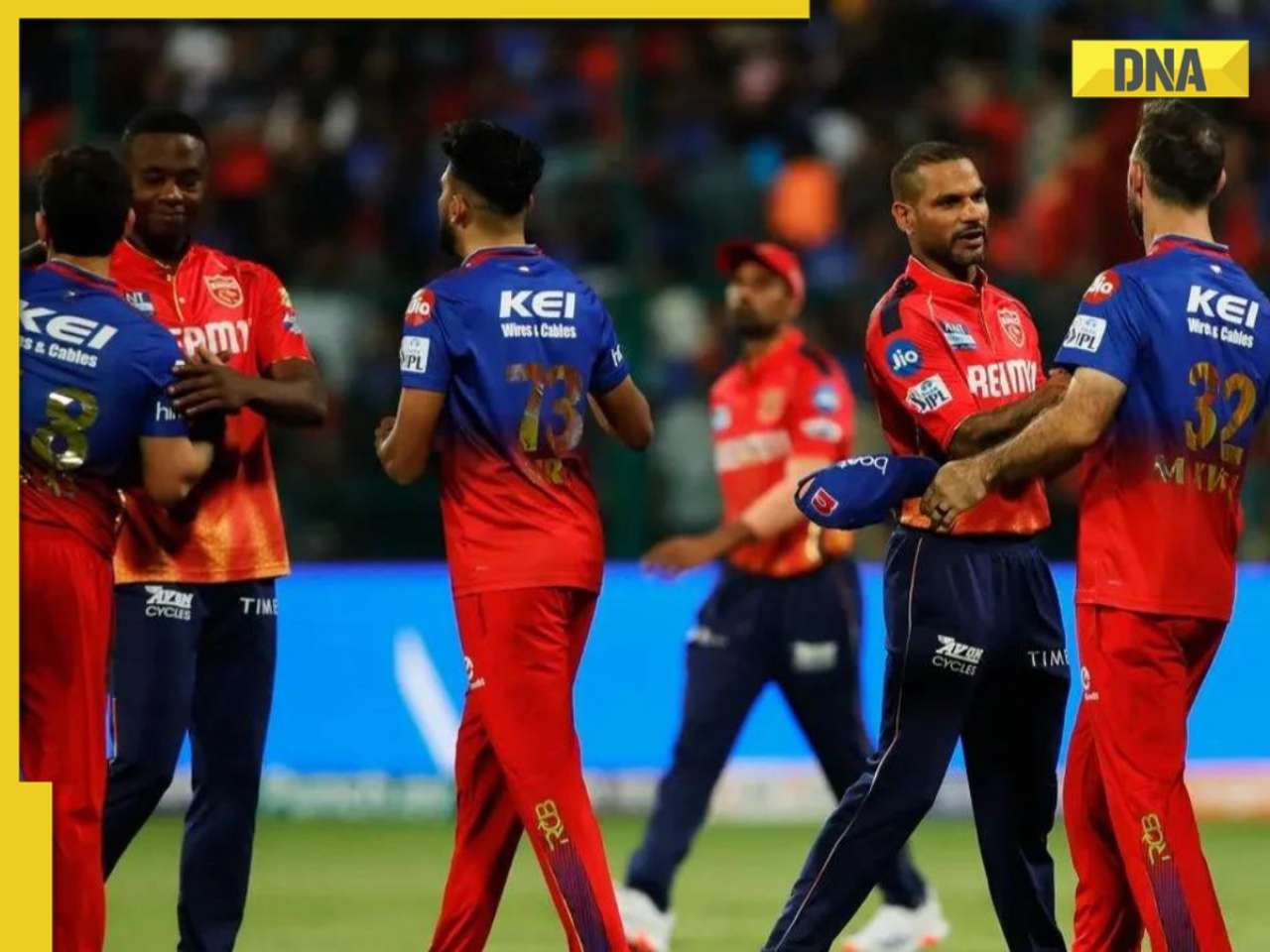After direct-to-home (DTH) broadcasting, IPTV, or internet protocol TV, is expected to witness an intense competition in the Indian market.
Experts say all depends on content, interactivity, costs and user friendliness
NEW DELHI: After direct-to-home (DTH) broadcasting, IPTV, or internet protocol TV, is expected to witness an intense competition in the Indian market.
But there are a lot of ifs still, say experts.
IPTV may go the Hong Kong way or the American way, depending on what content and interactivity features are offered to its subscribers, the cost and ease of accessing the technology and a suitable regulatory regime.
For the uninitiated, IPTV has been a tremendous success in Hong Kong among some other places, and quite a failure in North America.
Going by the projection of the media and entertainment sector partner at Ernst & Young, Farokh Balsara, DTH will be the frontrunner in the digital new media. But nobody’s giving up on IPTV so soon.
Besides competing on content, interactive features and the cost front, players are also considering introducing hybrid set-top boxes, ones that can be used for accessing both IPTV and DTH, sources say. A hybrid or a consolidated set-top box is an evolving technology.
As of now, only telecom PSUs - Mahanagar Telephone Nigam Ltd (MTNL) and Bharat Sanchar Nigam Ltd (BSNL) - have entered the IPTV race in India.
While these are still early days for BSNL as far as IPTV goes, MTNL started offering the services around 18 months ago. In the two cities that MTNL operates - Delhi and Mumbai - it has notched up a modest subscriber base of an estimated 2,000 people over 18 months. You can’t call that success, points out Sujata Dev, managing director of the interactive services at Time Broadband Services Ltd (TBSL), which acts as a bridge between content producers and telecom operators for IPTV.
According to Dev, the reason why MTNL didn’t attract enough subscribers is that it has not been able to offer compelling content. Currently, IPTV is being branded as a me-too product in India. It is actually a vicious cycle. Compelling content was not offered on the IPTV platform because “the right level of investment didn’t come from players”, says an industry insider.
Dev explains there must be clarity in the regulatory environment for IPTV to attract investment. She is expecting 2008 to be a very important year for the maturity of IPTV in India.
IPTV involves two kinds of investments — for telecom infrastructure and content. While telecom infrastructure could come for a capacity expenditure of Rs 300 crore to Rs 400 crore for a city like Mumbai, content delivery network could be put in place at a cost of Rs 100 crore or so. On top of that, there is a recurring cost on content acquisition.
As for cost of accessing IPTV, MTNL is the only benchmark to go by so far: the initial upfront payment is Rs 1,000, then there’s a monthly fee of Rs 120, besides Rs 60 per month for set-top box rental. If an IPTV subscriber wants on-demand content, there’s an additional payment to be made. Looking at the competition ahead, experts said that cost would only come down.
Apart from BSNL and MTNL, two private telecos are waiting to join the IPTV bandwagon. GSM major Bharti Airtel and CDMA biggie Reliance Communications are expected to do a commercial launch of their IPTV services early 2008.
Both these players are also set to compete in the DTH platform. Even the Tata group is in talks for launching IPTV. According to sources, RCom and Bharti are waiting for the regulatory environment to clear up before launching IPTV. Meanwhile, they are conducting IPTV pilot runs in some big cities.
After a prolonged tussle between the Department of Telecommunications (DoT) and the information & broadcasting (I&B) ministry over the regulatory regime of IPTV, recently the Telecom Regulatory Authority of India (TRAI) issued its recommendations on the matter. TRAI has recommended different roles for DoT and I&B ministry as far as regulating IPTV is concerned, in the absence of a convergent regime. However, industry players argued that clarity in the regulatory regime is yet to come.
Clarity in regulation is tied up with content as well.
IOL, Time Broadband and Aksh are among the content enablers in the IPTV segment. But serious investment is expected towards content only after the regulatory regime is clear.
According to an Ernst &Young report, “India’s Digital Revolution”, 28% of an estimated 100 million pay TV households will migrate to digital pay TV platforms by 2010. “The growth of IPTV will, however, be limited due to high cost of additional infrastructure and low broadband penetration,” according to Ernst & Young. Another recent report by PricewaterhouseCoopers and Ficci also notes that adoption of IPTV has been slow internationally.
The report, “Poised for the Next Wave”, points out that telecom operators are turning towards IPTV services as a way to support broadband penetration and increase their ARPUs (average revenue per user).
It adds: “though more operators are moving to commercial IPTV launches, adoption is developing slowly.”
m_nivedita@dnaindia.net
![submenu-img]() Viral video: Ghana man smashes world record by hugging over 1,100 trees in just one hour
Viral video: Ghana man smashes world record by hugging over 1,100 trees in just one hour![submenu-img]() This actress, who gave blockbusters, starved to look good, fainted at many events; later was found dead at...
This actress, who gave blockbusters, starved to look good, fainted at many events; later was found dead at...![submenu-img]() Taarak Mehta actor Gurucharan Singh operated more than 10 bank accounts: Report
Taarak Mehta actor Gurucharan Singh operated more than 10 bank accounts: Report![submenu-img]() Ambani, Adani, Tata will move to Dubai if…: Economist shares insights on inheritance tax
Ambani, Adani, Tata will move to Dubai if…: Economist shares insights on inheritance tax![submenu-img]() Cargo plane lands without front wheels in terrifying viral video, watch
Cargo plane lands without front wheels in terrifying viral video, watch![submenu-img]() DNA Verified: Is CAA an anti-Muslim law? Centre terms news report as 'misleading'
DNA Verified: Is CAA an anti-Muslim law? Centre terms news report as 'misleading'![submenu-img]() DNA Verified: Lok Sabha Elections 2024 to be held on April 19? Know truth behind viral message
DNA Verified: Lok Sabha Elections 2024 to be held on April 19? Know truth behind viral message![submenu-img]() DNA Verified: Modi govt giving students free laptops under 'One Student One Laptop' scheme? Know truth here
DNA Verified: Modi govt giving students free laptops under 'One Student One Laptop' scheme? Know truth here![submenu-img]() DNA Verified: Shah Rukh Khan denies reports of his role in release of India's naval officers from Qatar
DNA Verified: Shah Rukh Khan denies reports of his role in release of India's naval officers from Qatar![submenu-img]() DNA Verified: Is govt providing Rs 1.6 lakh benefit to girls under PM Ladli Laxmi Yojana? Know truth
DNA Verified: Is govt providing Rs 1.6 lakh benefit to girls under PM Ladli Laxmi Yojana? Know truth![submenu-img]() Alia Bhatt wears elegant saree made by 163 people over 1965 hours to Met Gala 2024, fans call her ‘princess Jasmine’
Alia Bhatt wears elegant saree made by 163 people over 1965 hours to Met Gala 2024, fans call her ‘princess Jasmine’![submenu-img]() Jr NTR-Lakshmi Pranathi's 13th wedding anniversary: Here's how strangers became soulmates
Jr NTR-Lakshmi Pranathi's 13th wedding anniversary: Here's how strangers became soulmates![submenu-img]() Streaming This Week: Heeramandi, Shaitaan, Manjummel Boys, latest OTT releases to binge-watch
Streaming This Week: Heeramandi, Shaitaan, Manjummel Boys, latest OTT releases to binge-watch![submenu-img]() Remember Ayesha Kapur? Michelle from Black, here's how actress, nutrition coach, entrepreneur looks after 19 years
Remember Ayesha Kapur? Michelle from Black, here's how actress, nutrition coach, entrepreneur looks after 19 years![submenu-img]() Remember Heyy Babyy's cute 'Angel' Juanna Sanghvi? 20 year-old looks unrecognisable now, fans say 'her comeback will...'
Remember Heyy Babyy's cute 'Angel' Juanna Sanghvi? 20 year-old looks unrecognisable now, fans say 'her comeback will...'![submenu-img]() Haryana Political Crisis: Will 3 independent MLAs support withdrawal impact the present Nayab Saini led-BJP government?
Haryana Political Crisis: Will 3 independent MLAs support withdrawal impact the present Nayab Saini led-BJP government?![submenu-img]() DNA Explainer: Why Harvey Weinstein's rape conviction was overturned, will beleaguered Hollywood mogul get out of jail?
DNA Explainer: Why Harvey Weinstein's rape conviction was overturned, will beleaguered Hollywood mogul get out of jail?![submenu-img]() What is inheritance tax?
What is inheritance tax?![submenu-img]() DNA Explainer: What is cloud seeding which is blamed for wreaking havoc in Dubai?
DNA Explainer: What is cloud seeding which is blamed for wreaking havoc in Dubai?![submenu-img]() DNA Explainer: What is Israel's Arrow-3 defence system used to intercept Iran's missile attack?
DNA Explainer: What is Israel's Arrow-3 defence system used to intercept Iran's missile attack?![submenu-img]() This actress, who gave blockbusters, starved to look good, fainted at many events; later was found dead at...
This actress, who gave blockbusters, starved to look good, fainted at many events; later was found dead at...![submenu-img]() Taarak Mehta actor Gurucharan Singh operated more than 10 bank accounts: Report
Taarak Mehta actor Gurucharan Singh operated more than 10 bank accounts: Report![submenu-img]() Aavesham OTT release: When, where to watch Fahadh Faasil's blockbuster action comedy
Aavesham OTT release: When, where to watch Fahadh Faasil's blockbuster action comedy![submenu-img]() Sonakshi Sinha slams trolls for crticising Heeramandi while praising Bridgerton: ‘Bhansali is selling you a…’
Sonakshi Sinha slams trolls for crticising Heeramandi while praising Bridgerton: ‘Bhansali is selling you a…’![submenu-img]() Sanjeev Jha reveals why he cast Chandan Roy in his upcoming film Tirichh: 'He is just like a rubber' | Exclusive
Sanjeev Jha reveals why he cast Chandan Roy in his upcoming film Tirichh: 'He is just like a rubber' | Exclusive![submenu-img]() IPL 2024: Mumbai Indians knocked out after Sunrisers Hyderabad beat Lucknow Super Giants by 10 wickets
IPL 2024: Mumbai Indians knocked out after Sunrisers Hyderabad beat Lucknow Super Giants by 10 wickets![submenu-img]() PBKS vs RCB IPL 2024: Predicted playing XI, live streaming details, weather and pitch report
PBKS vs RCB IPL 2024: Predicted playing XI, live streaming details, weather and pitch report![submenu-img]() PBKS vs RCB IPL 2024 Dream11 prediction: Fantasy cricket tips for Punjab Kings vs Royal Challengers Bengaluru
PBKS vs RCB IPL 2024 Dream11 prediction: Fantasy cricket tips for Punjab Kings vs Royal Challengers Bengaluru![submenu-img]() Watch: Bangladesh cricketer Shakib Al Hassan grabs fan requesting selfie by his neck, video goes viral
Watch: Bangladesh cricketer Shakib Al Hassan grabs fan requesting selfie by his neck, video goes viral![submenu-img]() IPL 2024 Points table, Orange and Purple Cap list after Delhi Capitals beat Rajasthan Royals by 20 runs
IPL 2024 Points table, Orange and Purple Cap list after Delhi Capitals beat Rajasthan Royals by 20 runs![submenu-img]() Viral video: Ghana man smashes world record by hugging over 1,100 trees in just one hour
Viral video: Ghana man smashes world record by hugging over 1,100 trees in just one hour![submenu-img]() Cargo plane lands without front wheels in terrifying viral video, watch
Cargo plane lands without front wheels in terrifying viral video, watch![submenu-img]() Tiger cub mimics its mother in viral video, internet can't help but go aww
Tiger cub mimics its mother in viral video, internet can't help but go aww![submenu-img]() Octopus crawls across dining table in viral video, internet is shocked
Octopus crawls across dining table in viral video, internet is shocked![submenu-img]() This Rs 917 crore high-speed rail bridge took 9 years to build, but it leads nowhere, know why
This Rs 917 crore high-speed rail bridge took 9 years to build, but it leads nowhere, know why 


















































)
)
)
)
)
)